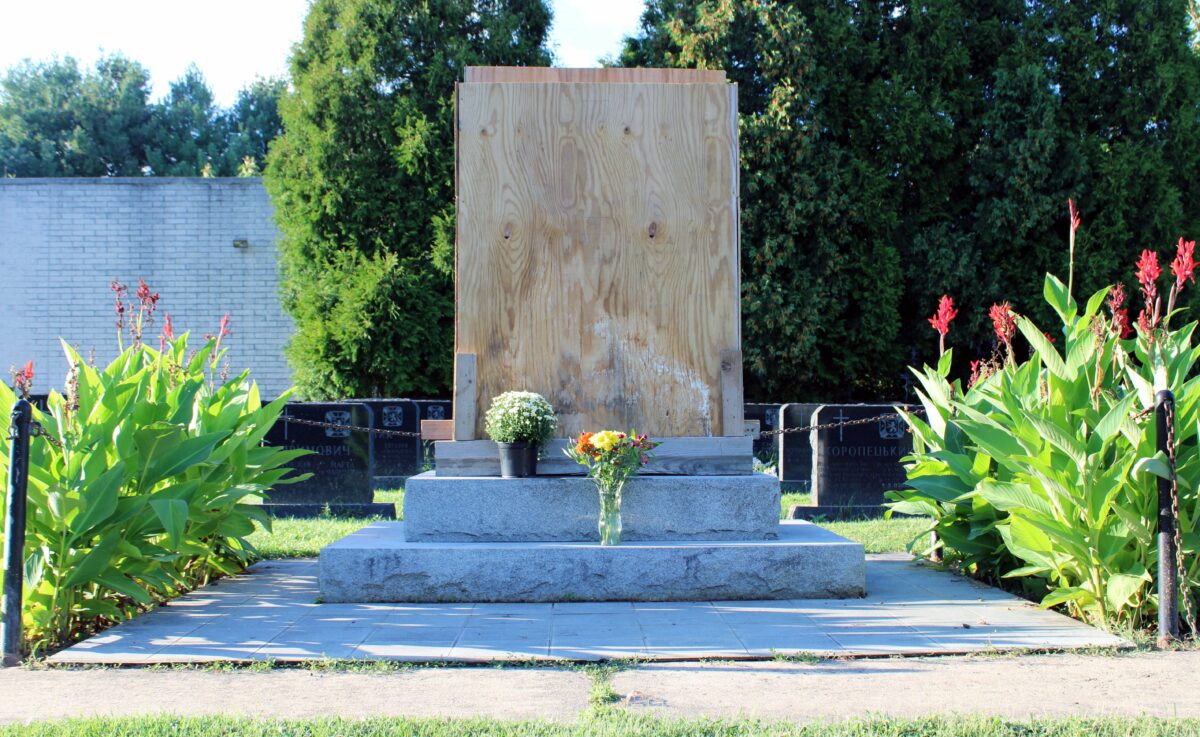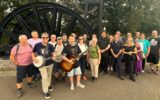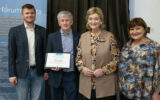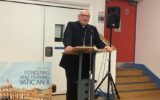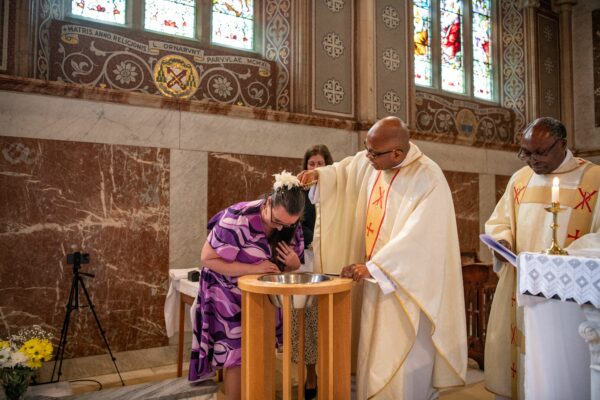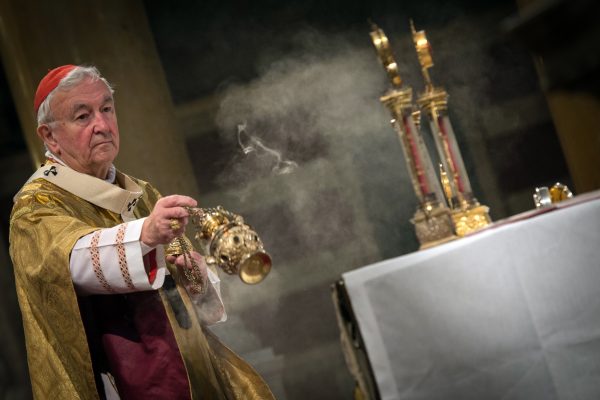The Ukrainian Catholic Archeparchy of Philadelphia has temporarily enclosed a monument to Ukrainian war dead at one of its cemeteries as it seeks “open, scholarly and compassionate dialogue” with Jewish organisations that have expressed concern over this particular memorial and the complex history behind it.
Erected during the 1990s, the black, cruciform monument honours World War II Ukrainian soldiers who, under occupation by Nazi Germany, which regarded Ukrainians and other Slavic peoples as subhuman, fought in Germany’s 14th Waffen-SS “Galicia” Division, later known as the 1st Division of the Ukrainian National Army in 1945.
For decades, the soldiers’ participation in the division has been the focus of extensive inquiry by academics and investigators, with researchers noting soldiers joined the division as a means of attaining Ukrainian independence amid repression by both the Nazi and Soviet regimes. During the 1980s, three separate commissions in Canada, Australia and the United Kingdom found little to no evidence of the soldiers’ participation in Nazi atrocities.
However, recent articles about the monument revived controversy over that legacy. In a statement made on 8th September, Ukrainian Catholic Metropolitan Archbishop Borys Gudziak of Philadelphia said the recent news articles had “alarmed and hurt the Jewish community of Philadelphia” and “at the same time … evoked concern among the Ukrainians in the area.”
He added: “The Ukrainian Catholic Archeparchy of Philadelphia values its relationship with the Jewish community and intends to address the issues at hand with the depth and seriousness that they deserve.”
Picture: A memorial to World War II Ukrainian soldiers who fought in Germany’s 14th Waffen-SS “Galicia” Division, later known as the 1st Division of the Ukrainian National Army in 1945, has been temporarily covered at St. Mary’s Ukrainian Catholic Cemetery in Elkins Park, Pa., following concerns voiced by Jewish groups and a call from Metropolitan Archbishop Borys Gudziak of the Ukrainian Archeparchy of Philadelphia for “open, scholarly and compassionate dialogue” on the complex history the monument represents. (OSV News photo/Gina Christian)


